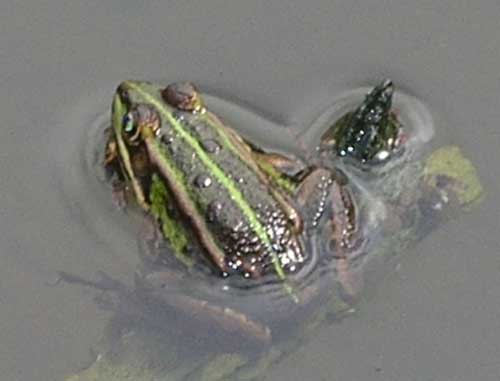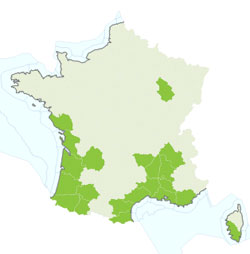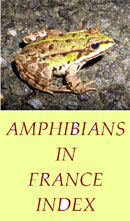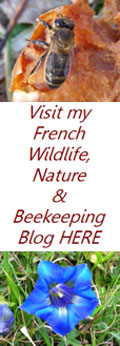
Perez’s frog is a small to medium size frog, males 3.5 to 7cm, females 4.5 to 8.5cm. They have a slim appearance with a head that is a little wider than it is long; the nose viewed in profile is rounded and prominent. Horizontal oval pupil, iris is a more or less uniform mixture of gold and black. The back is warty to varying degrees and is greenish or brownish, usually with irregular dark brown spots and lateral pleats which are brown / bronze in colour. The belly is whitish flecked with splashes of grey or brown which can be quite dense. Confusion is possible with the Edible frog, (Pelophylax kl. Esculentus), where they share the same region

In France they are found in the south and south west in a large range of aquatic habitats, (as with Graf’s frog), coastal wetlands, irrigation canals, drainage ditches, ponds and rivers. Slightly saline and brackish waters are tolerated. Adults are present either in the water or very close to the water all the year where they are very noisy calling day and night. Prey is mainly insects, spiders and worms. Occassionaly small fish and other frogs will be taken.

Reproduction is from March until May, females produce between 1000 and 10,000 eggs which take up to 4 months to develop.
The species is in decline in the south of France particularly where the Marsh frog is present. It may equally be the case that in Poitou-Charentes there is an under estimation of their numbers due to the possible confusion with both the Edible frog and the Marsh frog.
Directive Habitats-Faune-Flore. Annexe V. Berne convention. Annexe 3. National protection. Amphibians and Reptiles Article 3.




